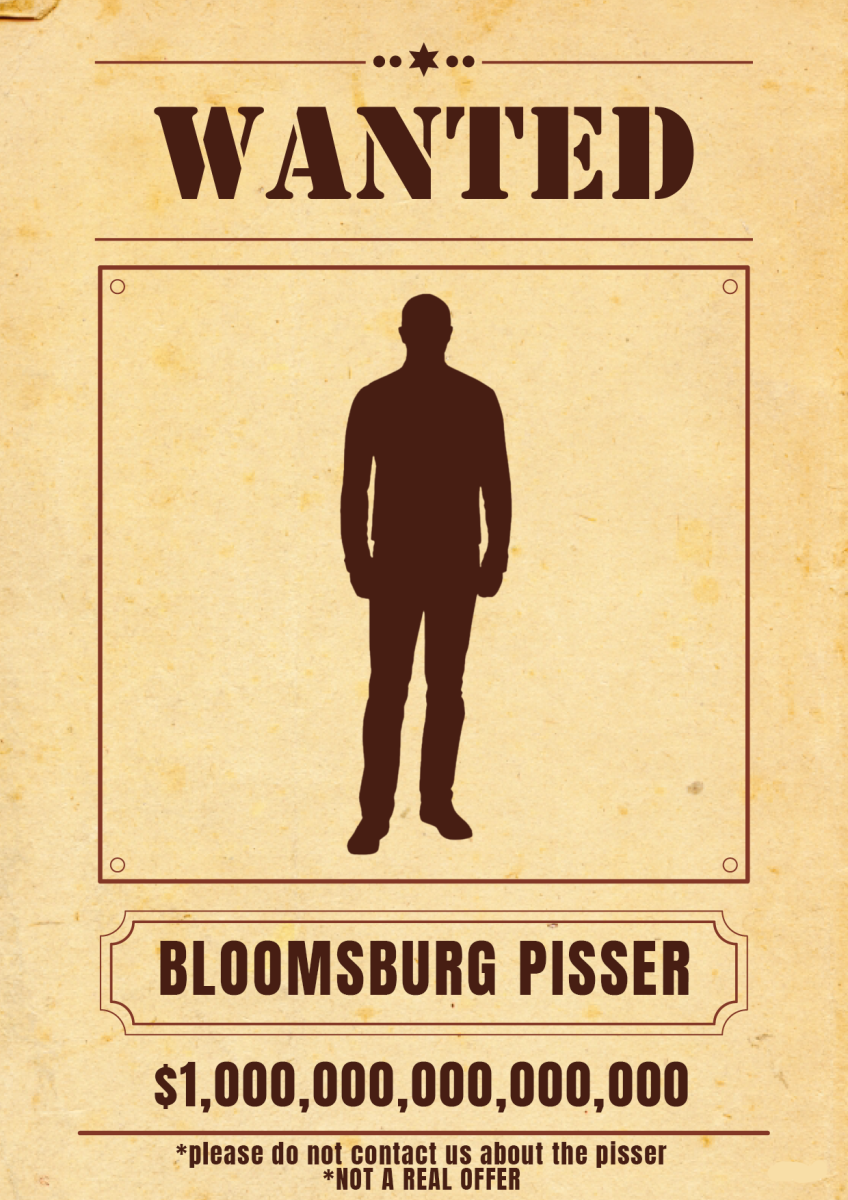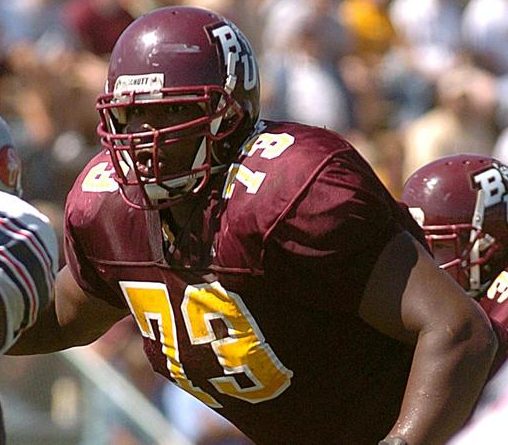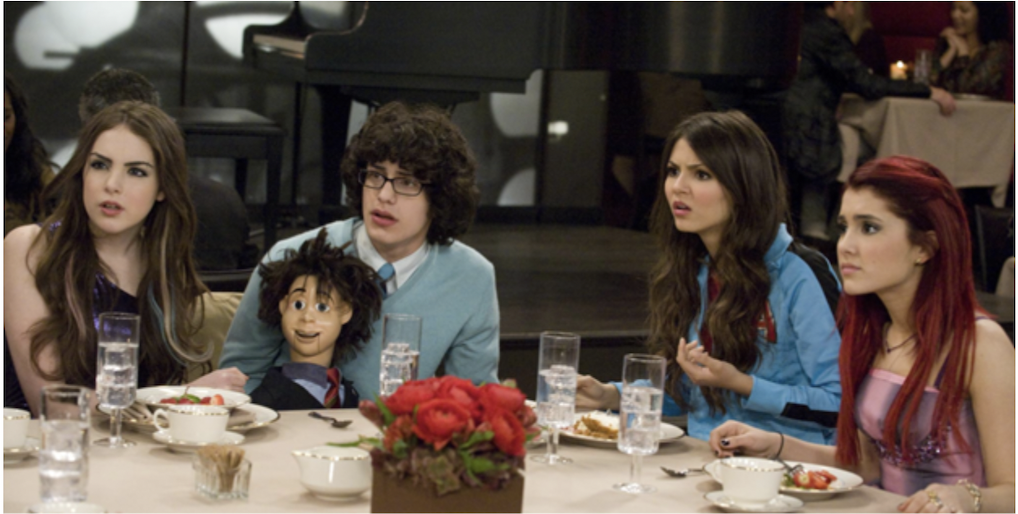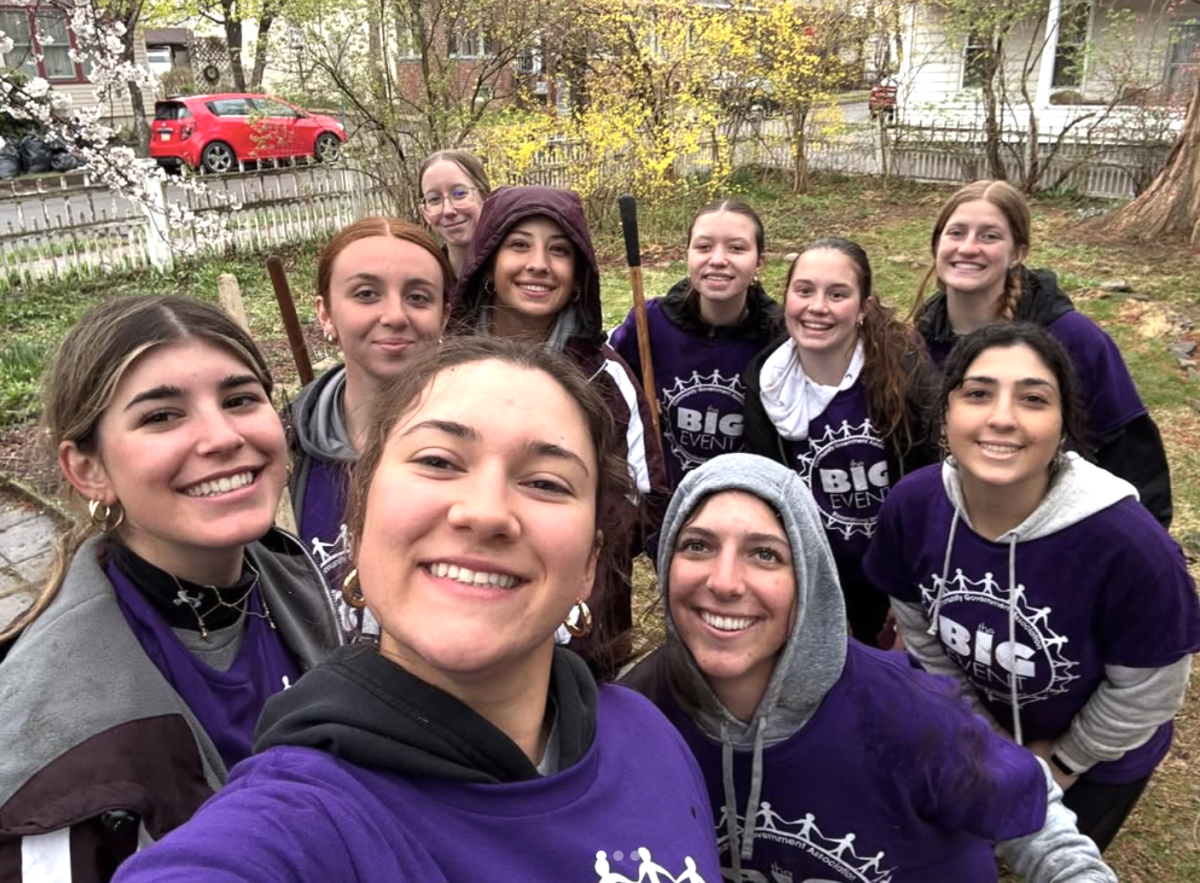Bruce Wayne is notorious for his parties that bring the highest of society to Wayne Manor, but 2019 marks his biggest birthday bash yet. Gotham’s most eligible bachelor and his crime-smashing alter ego turn 80 this spring. In celebration of Batman’s eight decades of dominance, let’s take a look at the Dark Knight’s defining comic book escapades.
Detective Comics #27 (May 1939)
The case where it all began. A rich chemical mogul named Lambert is found murdered in his study. Police Commissioner James Gordon invites his friend Bruce Wayne along to take a look at the crime scene. Within the hour, a gunman kills Steven Crane, one of Lambert’s business partners.
Crane’s killer and another crook swipe a confidential document from Crane’s safe, but before they can make their escape, they’re face-to-face with a cloaked figure the newspapers have dubbed “the Bat-Man.” The soon-to-be superhero icon dishes out a signature beating on the baddies and gets right down to his detective work. The rest is history.
The Dark Knight Returns (1986)
How’s this for a comeback? At the ripe age of 55 and with most of his archrivals out of the picture, the Caped Crusader has called it quits on the vigilante shtick. As the title suggests, that doesn’t last long.
A gang of young slashers called the Mutants is terrorizing Gotham. With no outside help in sight, Wayne dusts off the cowl and takes to the rooftops for a final assault on Gotham’s criminal underbelly.
While some rejoice at his triumphant return, others question his brutal tactics and influence on Gotham’s innocent youth. Bats has bigger problems than media pundits, especially when Two-Face and the Joker resurface for one last dance. Oh, and when Reagan’s administration decides Batman is too much of a loose cannon, they send Superman to teach him a lesson. Cue the boss fight music.
It’s a classic tale that’s been immortalized by the DC faithful and sampled for movies like “The Dark Knight Rises” and “Batman v Superman.” You won’t find many comic sagas with more nostalgic and emotional heft than the one about Batman raging against the dying of the light.
The Killing Joke (March 1988)
On paper at least, Batman should have beaten the Joker to a laughing pulp decades ago and wiped the smile off his face for good. But, given Bruce Wayne’s shatterproof moral code and Joker’s all-consuming quest to break it, these two will be at war presumably for all eternity.
The Clown Prince’s true backstory has always been a matter of debate, but ask any hardcore DC fanatics and they’ll probably cite “The Killing Joke” as the de facto Joker origin story.
One bad day is all that separates sanity from utter madness, and the Joker sets out to prove it by putting Batman’s closest allies through hell. Commissioner Jim Gordon and his daughter Barbara become casualties of war in Joker’s sick quest to drive the Dark Knight to the breaking point.
Crazily enough, the original writers had Joker’s death penciled in for right after his debut in 1940, fearing that a recurring villain would make Batman look inept. A last-minute editorial change ensured he would live to laugh another day, and the world is a funnier place for it.
The Long Halloween (1996-1997)
It’s not often that someone outwits Batman and his cohorts, but try doing it once a month for an entire year. That’s exactly what transpires in “The Long Halloween,” the monumental crime drama from Eisner Award-winners Jeph Loeb and Tim Sale.
Just when the Falcone mob is at the pinnacle of its power in Gotham, an elusive murderer starts putting bullets in the family members’ brains. The first shots are fired on Halloween, then Thanksgiving, Christmas, New Year’s, Valentine’s Day. Batman joins Lieutenant Gordon and an ambitious young D.A. named Harvey Dent to chase down the Holiday killer, but a rogues’ gallery of supervillains is quick to join the hunt, and crime family patriarch Carmine Falcone grows more desperate with each passing day.
This is a saga that redefined the parameters of a superhero story. Sale’s solemn, shadowy art style and Loeb’s masterful writing wove a dark tragedy with a plot as complex as the ending is mind-blowing. Batman’s mythos wouldn’t be nearly as cool without it.
Dark Victory (1999-2000)
As if Gotham hadn’t suffered enough during Holiday’s reign of terror, Loeb and Sale returned two years later to put the city and its resident vigilante back through the wringer.
A new assailant is dropping nooses around the necks of Gotham’s police force, following an eerily similar pattern to that of the Holiday killings. Gordon (who’s now the Commissioner) and Batman aren’t shacking up this time around; the rifts left by the Holiday case are still too deep.
With the Hangman running rampant, fear turns to desperation, and Gotham becomes a battleground between the remaining crime families and Arkham’s most wanted. Batman struggles to find his way in the chaos, but an orphaned boy named Dick Grayson falls into Bruce’s life and cements himself in DC legend forever.
The sequel to “The Long Halloween” spins another epic crime tale but goes further on the emotional level, such as the tense relationship between Batman and Selina Kyle (better known as Catwoman) and the fatherly mantle Bruce tries to assume with young Dick Grayson. Batman regains a thin shred of humanity, but only after Loeb and Sale give the superhero genre a solid kick in the teeth.
Hush (2002-2003)
Jeph Loeb has a thing for turning Batman stories into whodunnits. Not that we’re complaining, because “Hush” is another undeniably awesome entry for the four-time Eisner Award winner. Teamed up with master illustrator Jim Lee, Loeb sends Batman off on a mad caper that tests the Dark Knight’s mettle like never before.
It starts out rather unceremoniously: a kidnapping, a ransom demand, a hasty rescue mission at the Gotham Docks. But something’s not right. Batman’s old foes are crawling out of their hidey-holes one by one, bolder, smarter, employing new criminal methods they never would have dared to try in the past. From behind the curtain, someone’s calling the shots.
To sniff out the mastermind, Bats needs some help. As always, the iconic Alfred Pennyworth is there for butler backup, but Bruce finds an unexpected ally in Catwoman, who’s pissed at Poison Ivy for using her as a money-snatching pawn.
The decisions Wayne makes about his thing with Selina are too shocking to spoil, as are the revelations that come at you faster than a speeding Batmobile. Perhaps more than any other Batman epic, this one will knock you for a loop.
The New 52 (2011-2016)
DC unveiled its “New 52” relaunch in 2011, overhauling the storylines of 52 of its biggest names. Bruce Wayne is older and wiser, but the team of Scott Snyder and Greg Capullo freshened things up without sacrificing the Dark Knight’s mystique.
In “The Court of Owls,” Batman uncovers an age-old conspiracy against Gotham, a clandestine cabal of the rich and powerful almost as old as the city itself. His battle against the secret society in the second volume reaches fever pitch when the Owls unleash their Talon assassins on Gotham’s foremost leaders.
The Joker’s madness reaches unprecedented heights in the third installment, “Death of the Family,” when the Clown Prince returns with renewed vengeance and sets his sights on the entire Bat-family, wearing his own rotting face as a mask (it looks just as nasty as it sounds).
“Zero Year” presents a smashing revamp of Batman’s origin and finally paints the Riddler as a legitimate, if not downright terrifying threat to all of Gotham City.





















